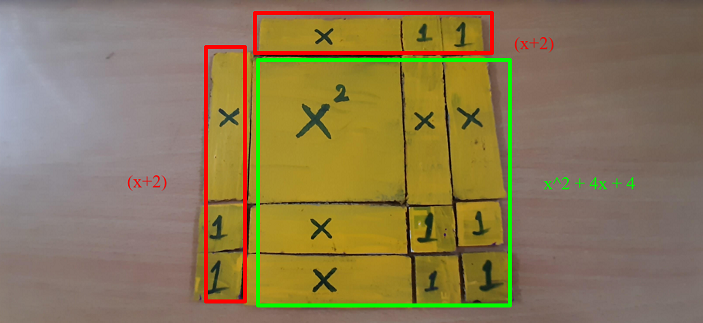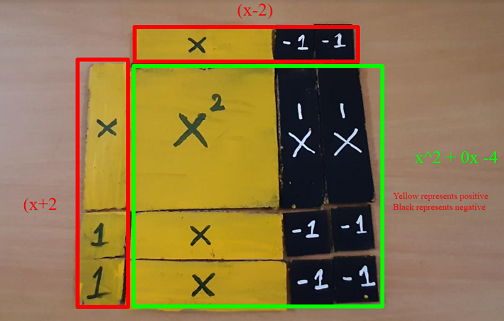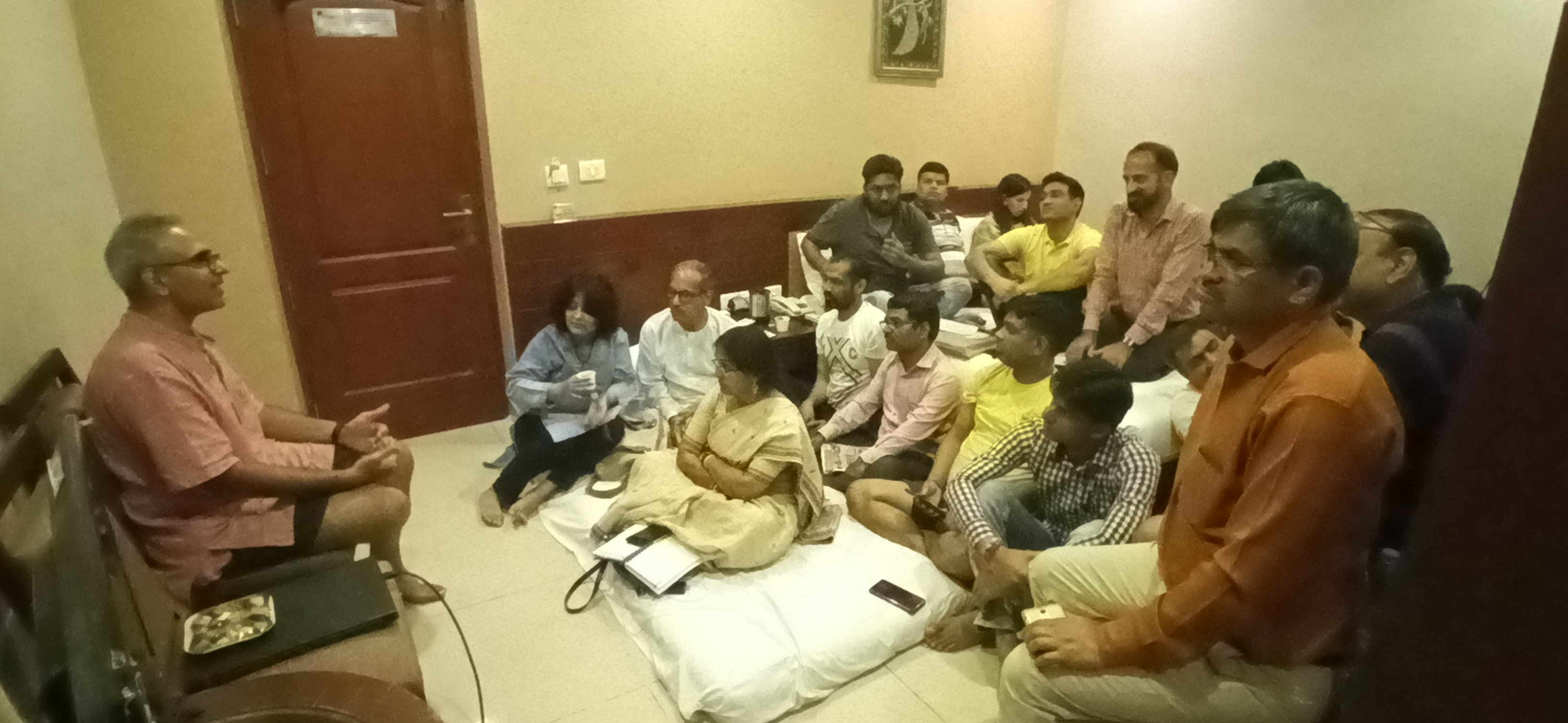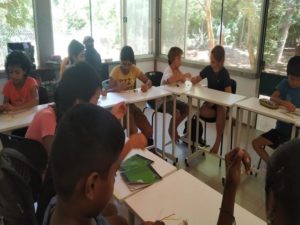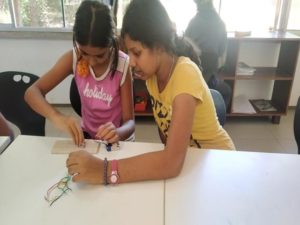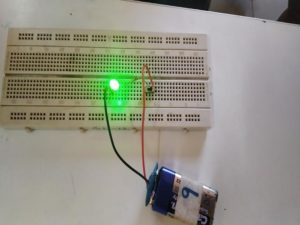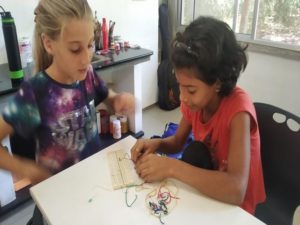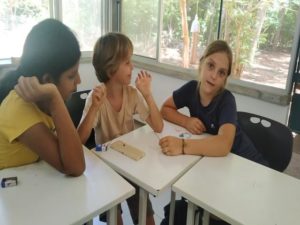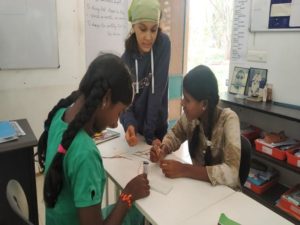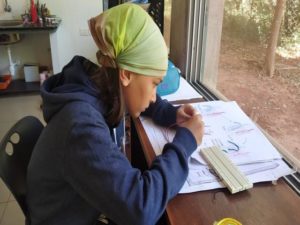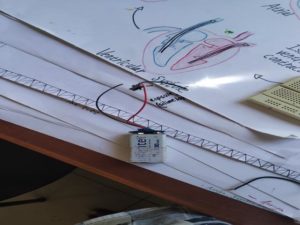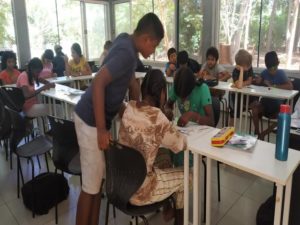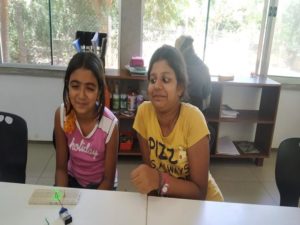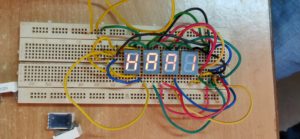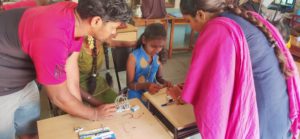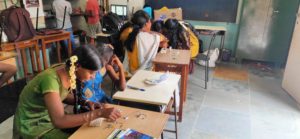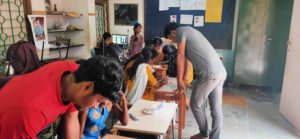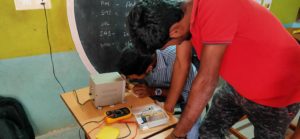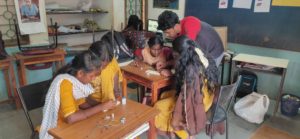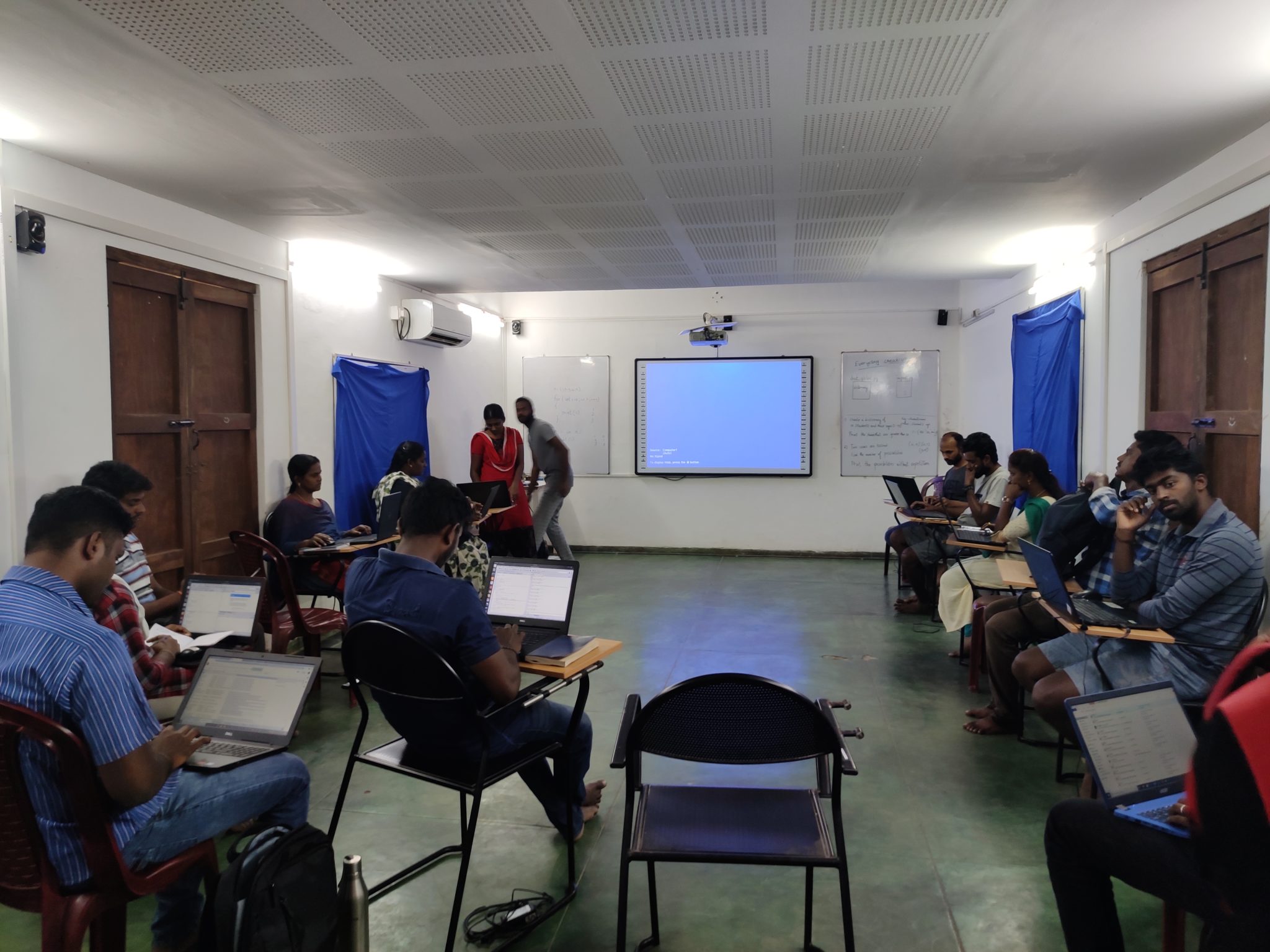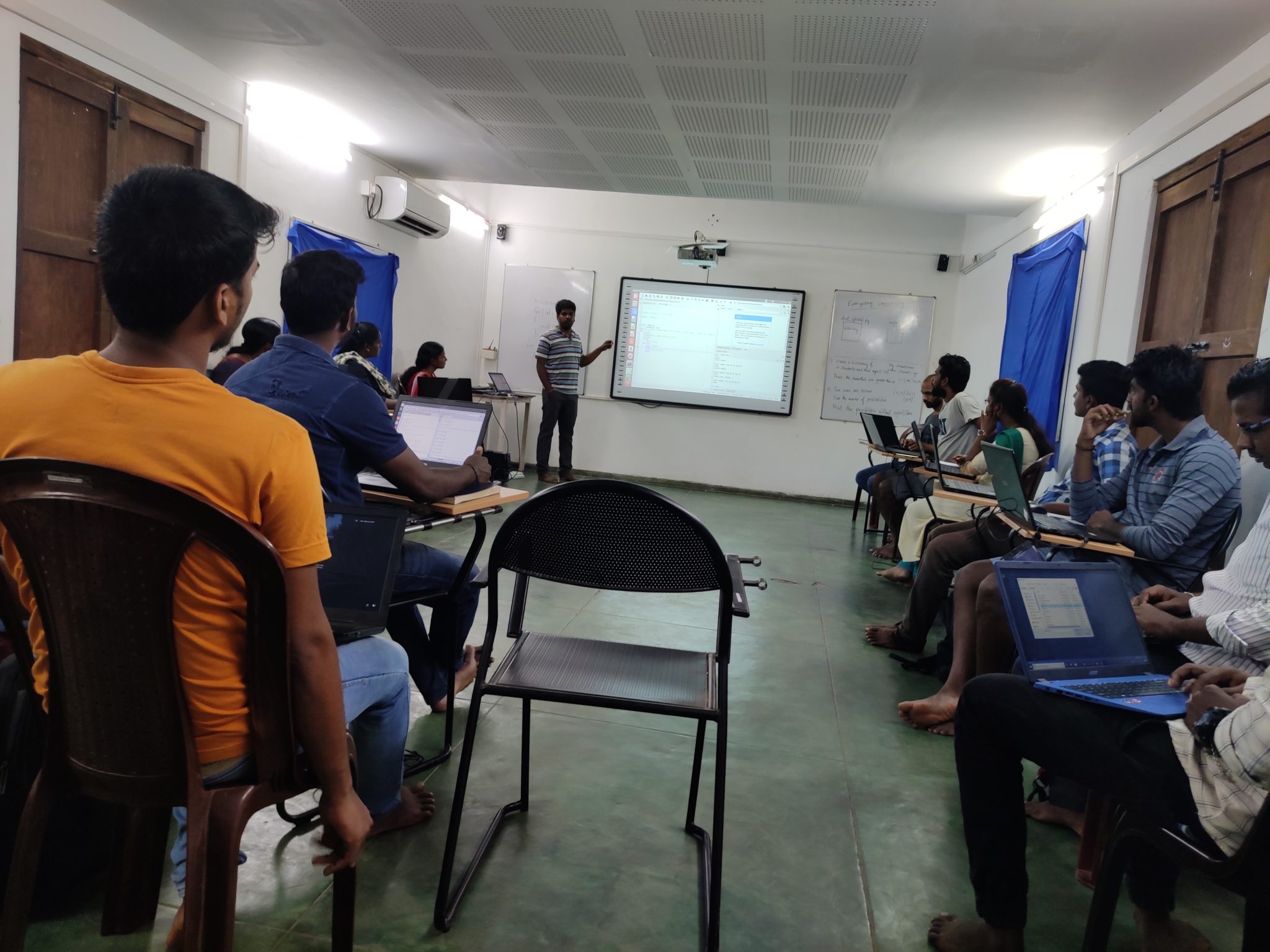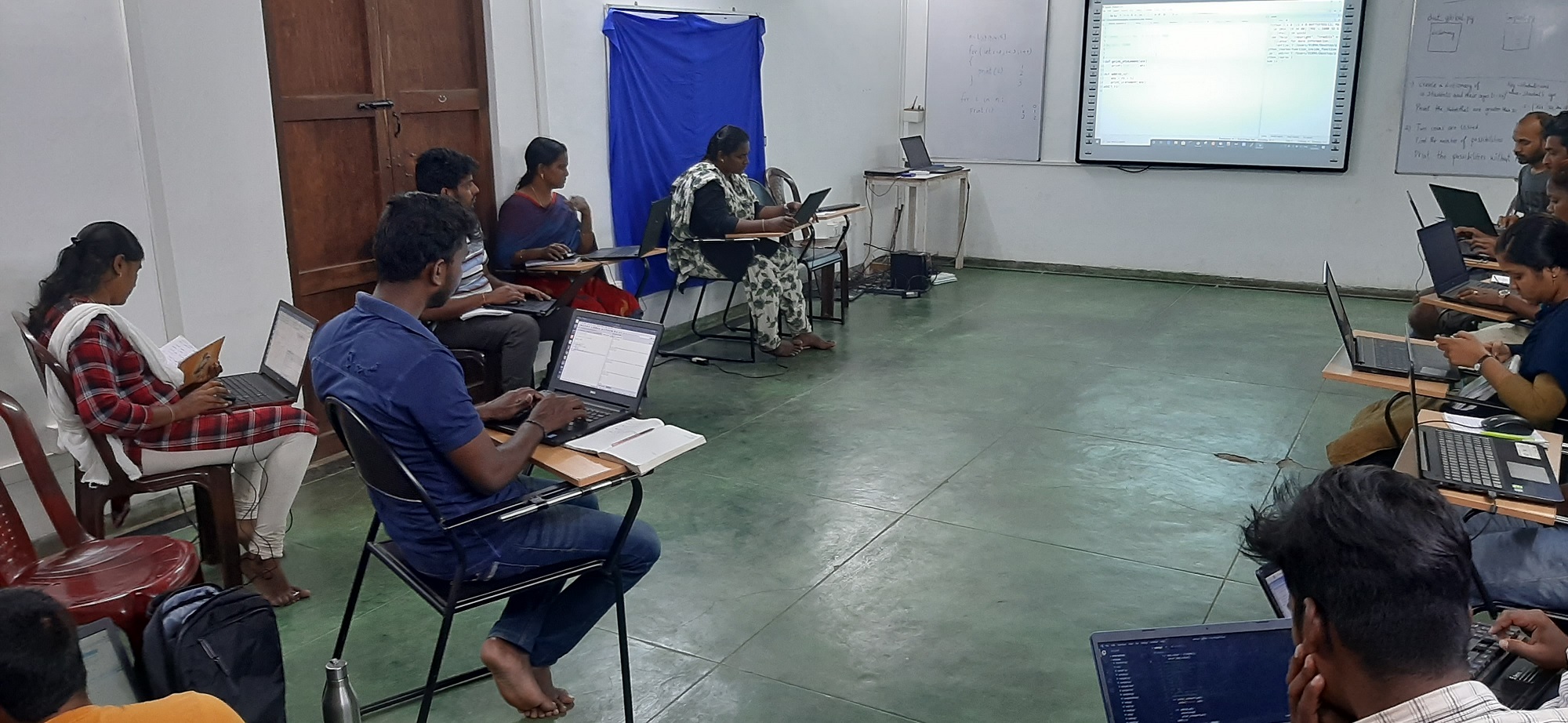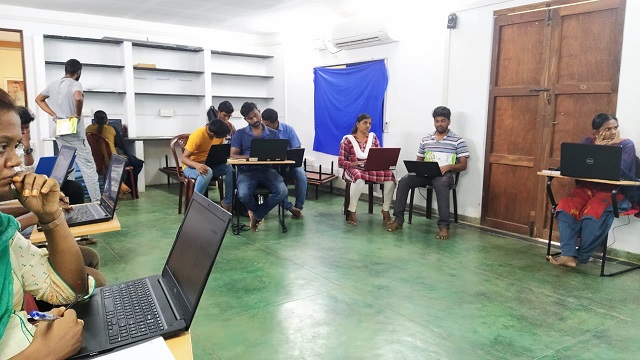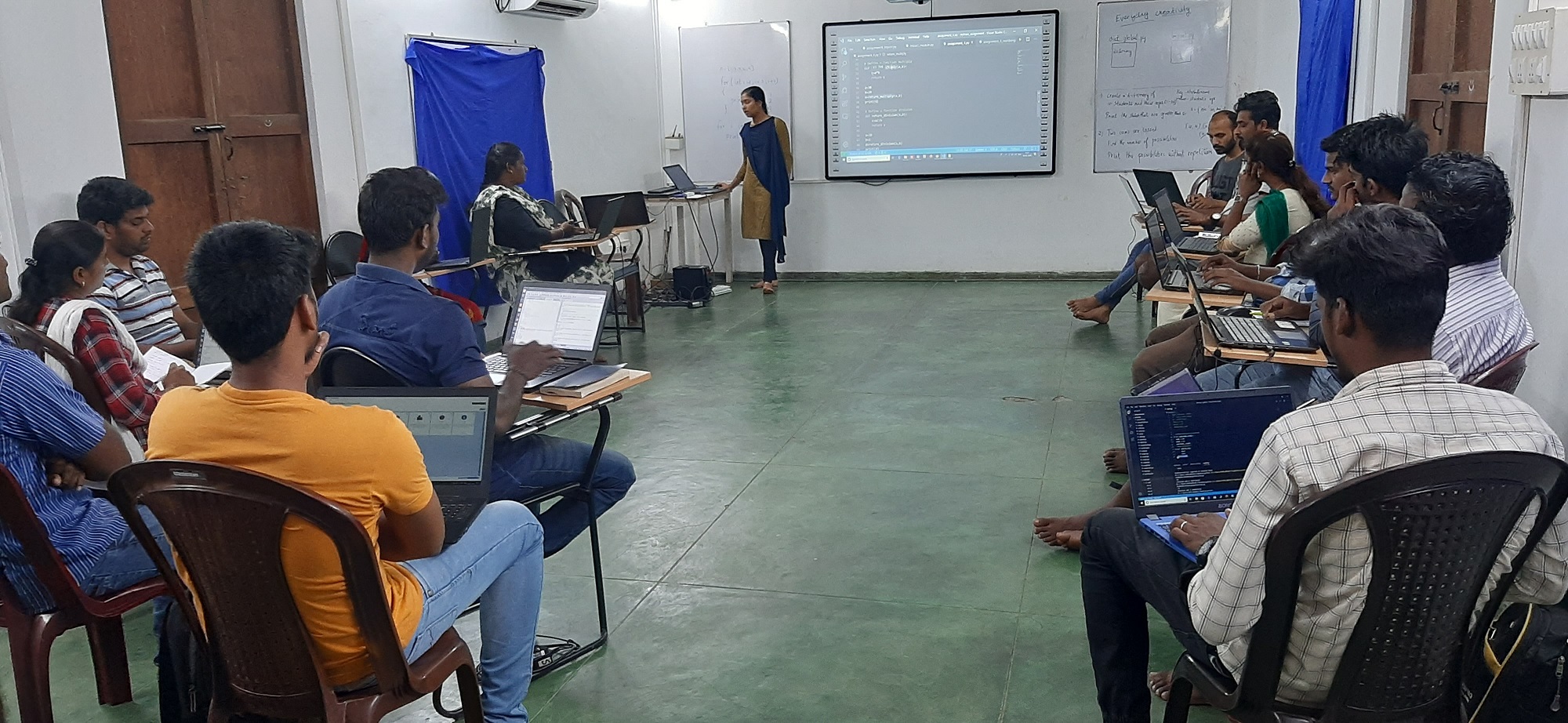~Saranya, Ranjith and Pratap
We had a session with Mrinalini on movement based activity.
1.Activity (Instruction based ):
First she asked us to walk around in the room without touching others. Next she asked us to smile when you see a person without stopping your walk. Then she asked us to turn a face when you see people in front of you (basically avoid them). Then she said welcome everyone by one word and that word can’t be repeated. Everyone should say new word it can be anything(language was optional) (for example: object name, welcome words,hai, hello etc….)
From that I was able to notice that how much I contribute I will received more than what I contribute.
2. Supporting activity:
She made us into few groups ans asked one person to sit in the center of their circle that person will be covered by scarf. We(person sitting in the center) need to think the scarf covered person as a snail/butterfly egg and it is suffering we(remaining people) need to help that snail/butterfly egg to get out of from suffering. Remaining people need to think of animal and they need to act like that animal without talking (need to use only sounds). Then she said everyone to start…..then she stopped us asked one question which was do you asked that snail/butterfly egg that what kind of help that need from us?….everyone said No.
In that room everyone were willing to help but without asking that question to themselves what kind of help that others need?.
3. Paper sharing:
We get into pairs and kept sheet on the floor then we(partners) kept one leg on that paper then she asked us to bring that sheet one side of the room to other side and check whether the paper is tared or not.
During this activity we were able to listen her instruction carefully and follow it also we were able to build coordination between us etc…
These activities helps me to reflect on what I was doing. In STEMland that what’s we actually do. If children were struggling we let them struggle on their own if they can’t at that time only we step in. Then we track children progress and we knew at what levels they (each children) were there.


